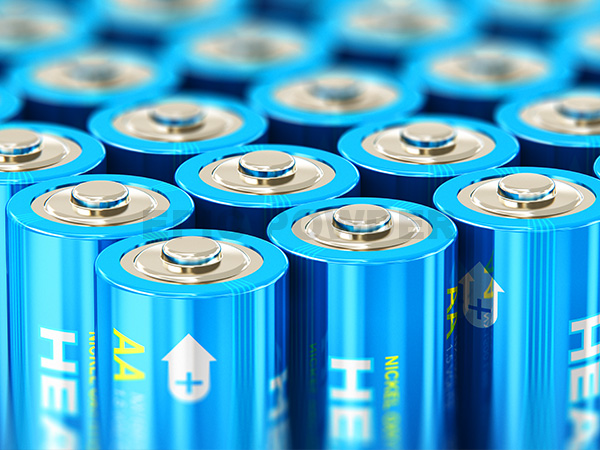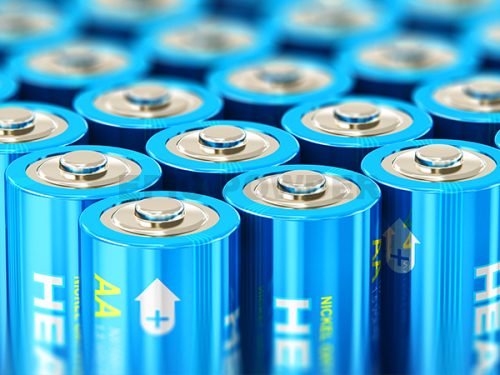As an important component of lithium-ion batteries, the improvement of the performance of ternary cathode materials is crucial to promoting the development of the new energy industry. The following are some key aspects of the improvement of ternary cathode materials.
Element doping is one of the important means to improve ternary cathode materials. By introducing other elements into the material, the crystal structure and electronic structure can be changed, thereby optimizing the performance of the material. For example, doping with some metal elements can improve the conductivity and rate performance of the material, while enhancing its structural stability. Reasonable element doping can effectively solve the problems of capacity attenuation and poor rate performance of ternary materials during the cycle, and further broaden its application range.
The morphology and particle size control of the material are also key links. By regulating the synthesis process, ternary cathode materials with specific morphology and particle size distribution can be prepared. For example, nanoscale materials often have a higher specific surface area, which can increase the reaction active sites and improve the transmission efficiency of lithium ions; while regular morphology is conducive to the accumulation of materials and the preparation of electrodes, improving the overall performance of the battery. Precise control of morphology and particle size can significantly improve the electrochemical properties of the material.
Surface modification is another key point of improvement. Appropriate modification of the surface of the ternary cathode material can improve its compatibility with the electrolyte, reduce the occurrence of side reactions, and thus improve cycle stability and safety. Common surface modification methods include coating oxides, phosphates and other substances. These modified layers can block the direct contact between the electrolyte and the cathode material, inhibit adverse side reactions, and extend the service life of the battery.
Improving the crystallinity and purity of the material is also an aspect that cannot be ignored. Ternary cathode materials with high crystallinity have better structural stability and ion transport performance, while high purity can reduce the adverse effects of impurities on electrochemical performance. By optimizing the synthesis conditions and post-treatment processes, the crystallinity and purity can be effectively improved, laying the foundation for the optimization of material performance.
Structural design is an innovative direction for the improvement of ternary cathode materials. The research and development of ternary cathode materials with special structures, such as core-shell structures and gradient structures, can combine the advantages of different structures. The core-shell structure can make the material have both a high-capacity core and a stable shell, and the gradient structure can better adapt to the concentration gradient changes of lithium ions during the charging and discharging process, and improve the overall performance of the material.
In addition, in-depth research on the failure mechanism of ternary cathode materials is also an important basis for improvement. Understanding the structural changes and element dissolution of materials during recycling will help to propose targeted improvement strategies. At the same time, combined with advanced characterization technology and theoretical calculations, we can have a deeper understanding of the relationship between the performance and structure of the material, providing strong support for reasonable improvement plans.
In the process of improving ternary cathode materials, factors such as cost and environmental protection need to be considered comprehensively. The development of low-cost, environmentally friendly synthesis processes and improvement methods is of great significance for the large-scale application of ternary cathode materials.
In short, the improvement of ternary cathode materials is a multifaceted and comprehensive work. Through the synergistic effect of key links such as element doping, morphology control, surface modification, and structural design, the performance of materials can be continuously optimized to better meet the growing demand for lithium-ion batteries in different fields. With the continuous advancement of science and technology and the in-depth research, it is believed that ternary cathode materials will show better performance in the future and make greater contributions to the development of new energy.


